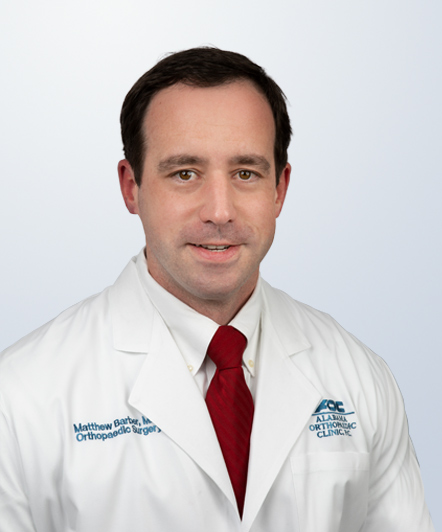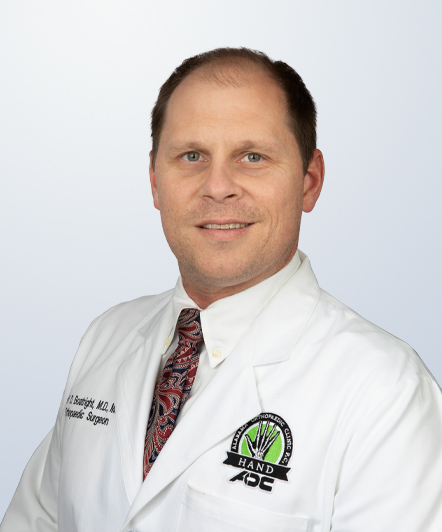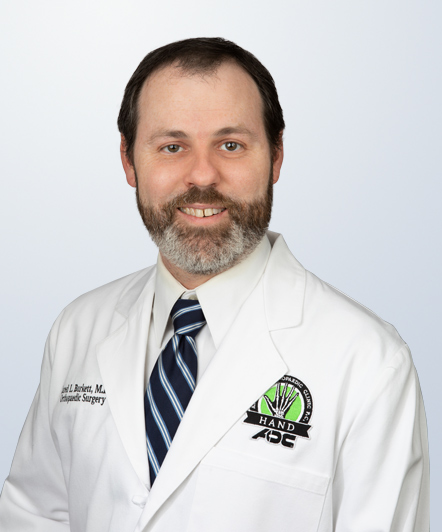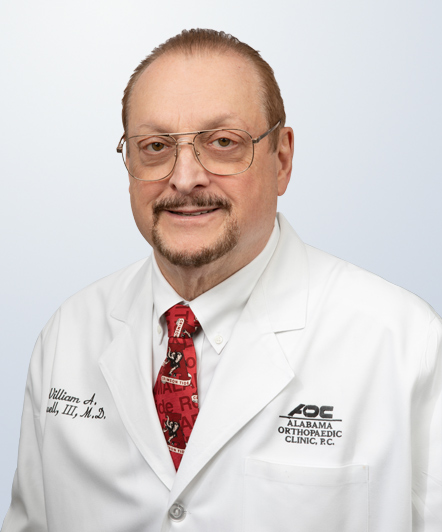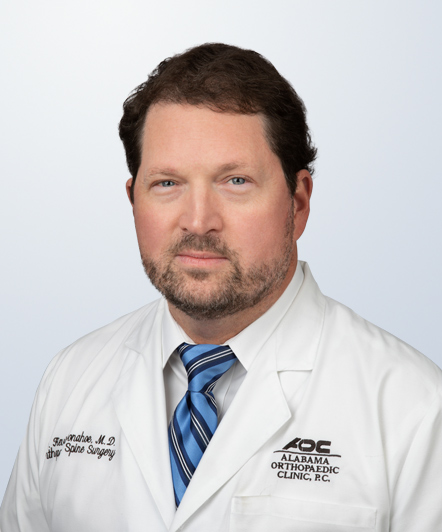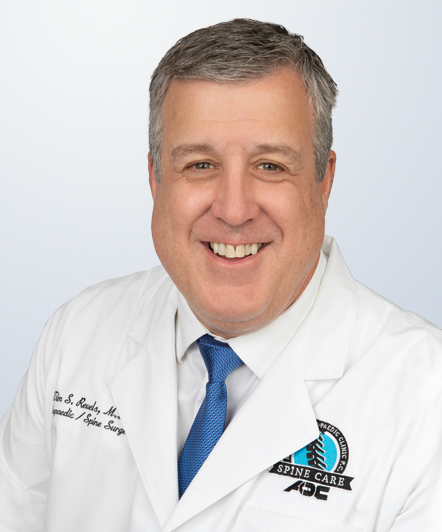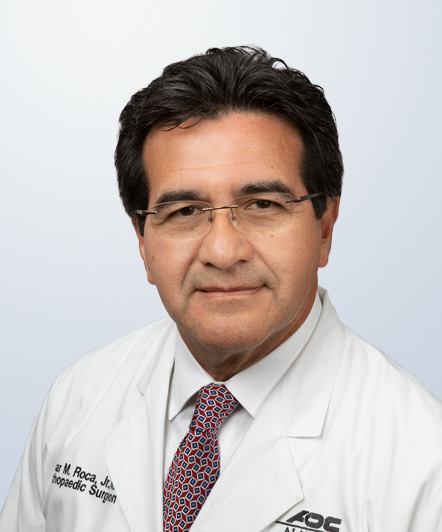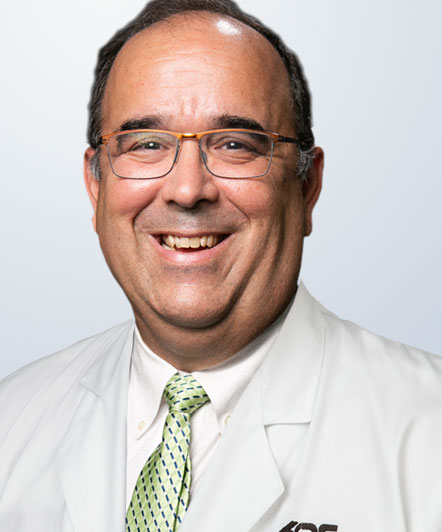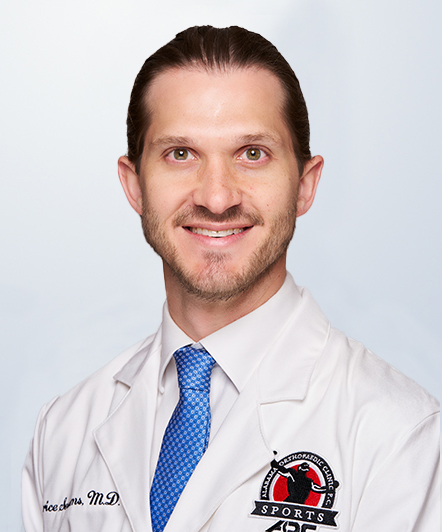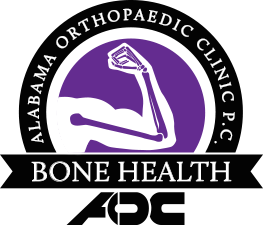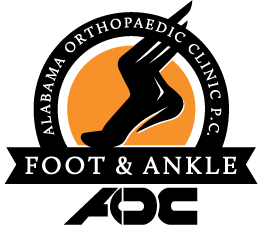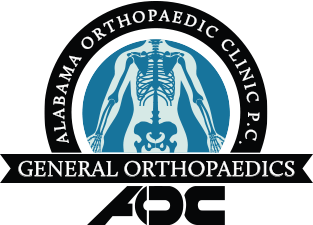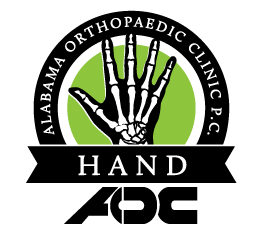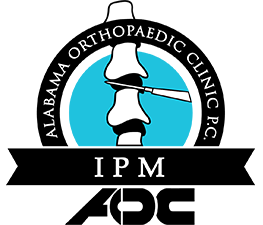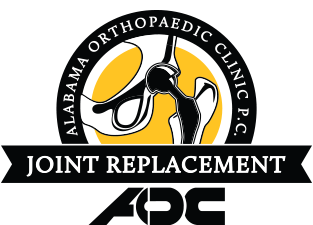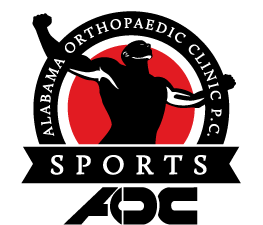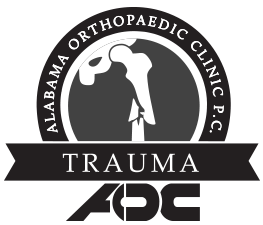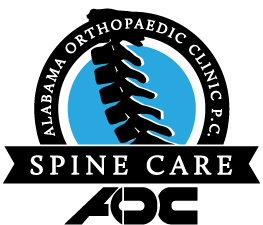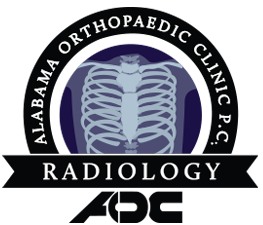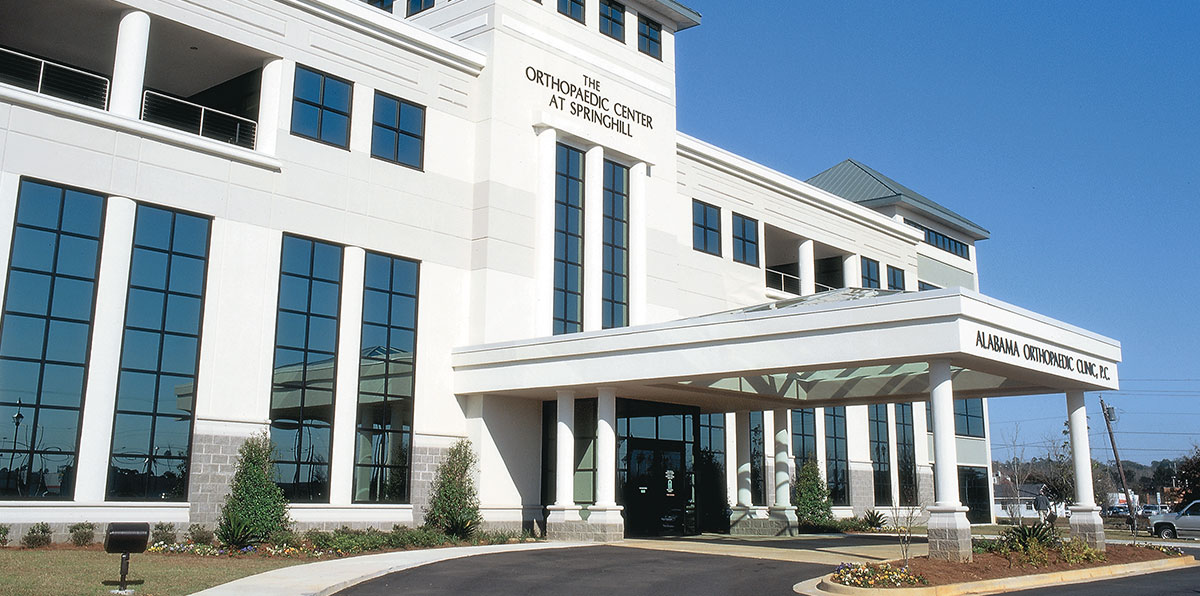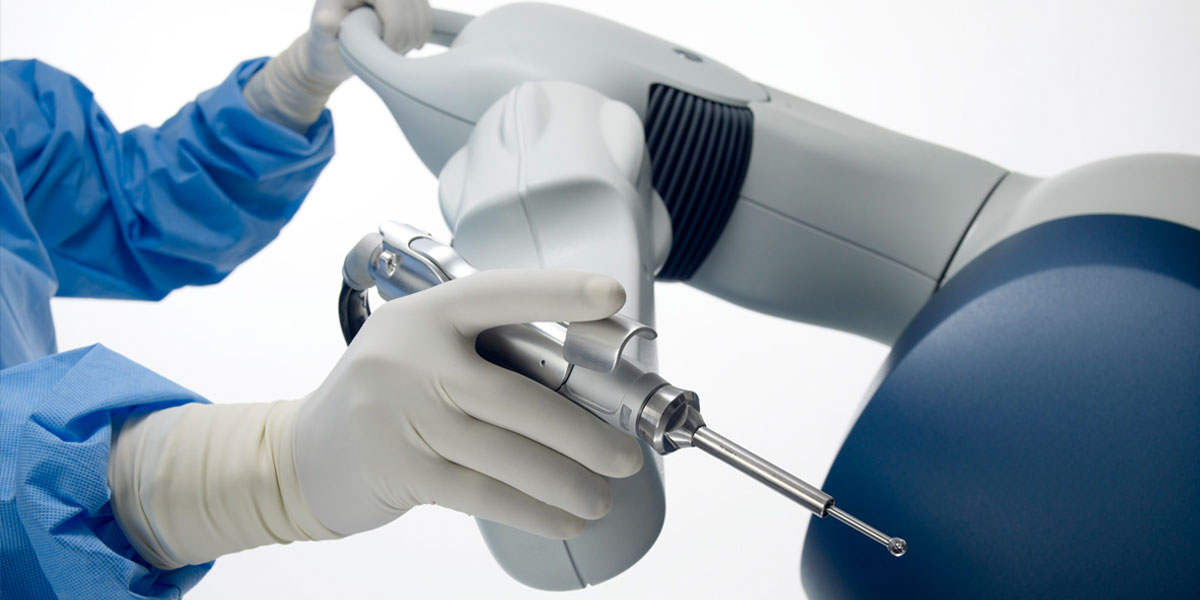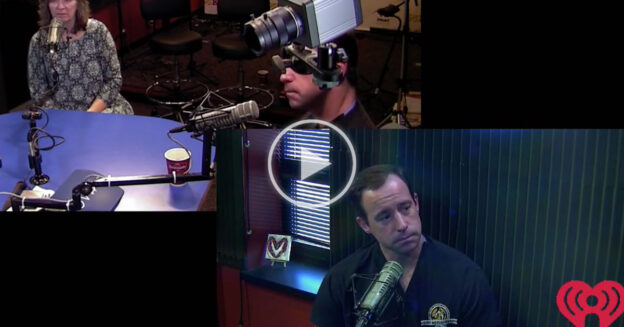
Tag Archives: knee

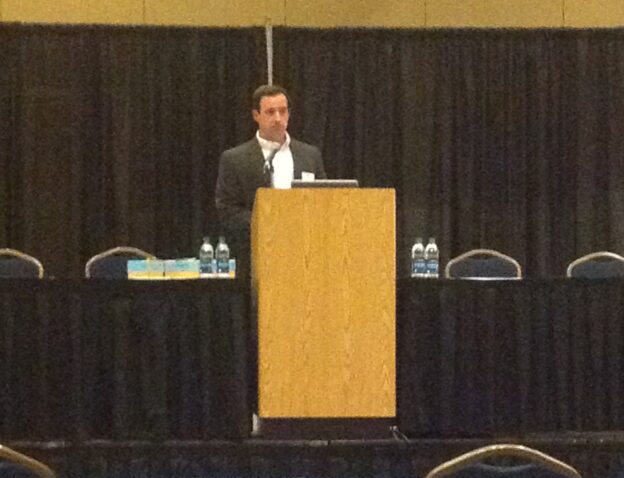
Dr. Matthew Barber: Key Speaker at ASIA Winter Workshop
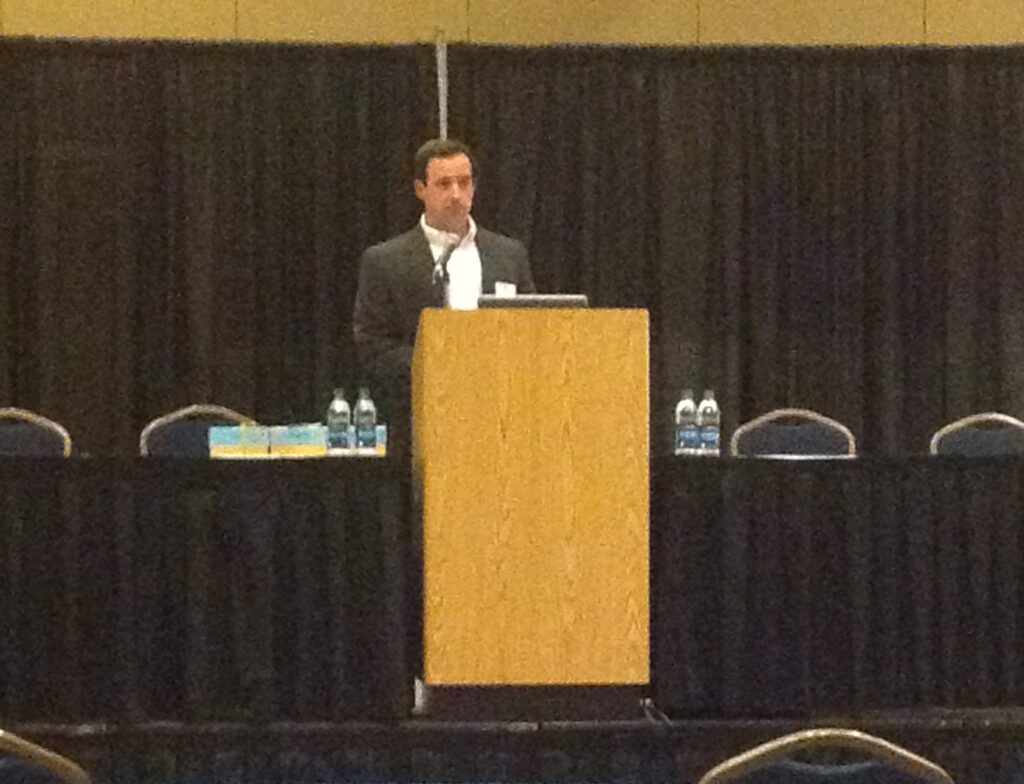
Dr. Matthew Barber traveled to Birmingham, AL last week to speak at the Alabama Self-Insured Association (ASIA) Winter workshop. He spoke to a packed room on the benefits of 3D printed knee implants and was very well-received.
* ASIA is an organization that represents the interests of employers in Alabama who self-insure workers’ compensation coverage on their employees.
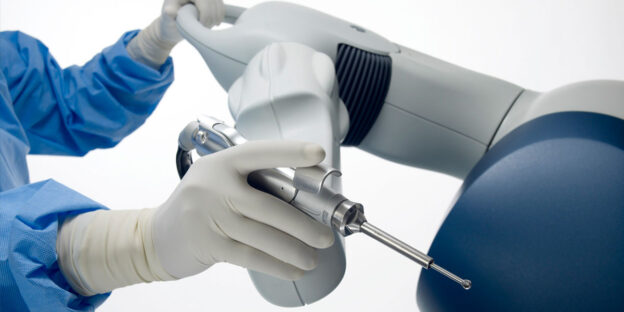
AOC Surgeons Now Offer Robotic-Arm Assisted Partial Knee & Total Hip Replacement Procedures
Springhill Medical Center is the first hospital in the Mobile area to offer Stryker’s Mako Robotic-Arm Assisted Partial Knee and Total Hip replacement procedures. This latest advancement in joint replacement surgery is transforming the way joint replacement procedures are performed.
“This system allows us to be extremely precise in the planning, preparation and implantation of joint prostheses to help patients achieve the best possible results,” said Dr. Matthew Barber, AOC Joint Replacement Specialist.
Robotic-arm assisted surgery is a new approach to joint replacement that offers the potential for a higher level of patient-specific implant alignment and positioning. The technology allows surgeons to create a patient-specific 3D plan and perform joint replacement surgery using a surgeon-controlled robotic-arm that helps the surgeon execute the procedure with a high degree of accuracy.
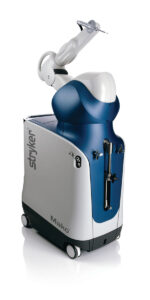
“Mako is changing the way joint replacement surgeries are performed,” said Dr. Barber. Using a virtual 3D model, the Mako System allows the surgeons to personalize each patient’s surgical plan pre-operatively, so there is a clear plan for how the surgeon will position the implant before entering the operating room. During surgery, the surgeon can validate that plan and make any necessary adjustments, while the robotic-arm then allows the surgeon to execute that plan with a high level of accuracy and predictability. The combination of these three features of the system has the potential to lead to better outcomes and higher patient satisfaction.
The Mako Partial Knee application is a treatment option designed to relieve the pain caused by joint degeneration due to osteoarthritis that has not yet progressed to all three compartments of the knee. Following the personalized pre-operative plan, the surgeon guides the robotic-arm during bone preparation to execute the predetermined surgical plan and to position the implant. By selectively targeting only the part of the knee damaged by osteoarthritis, surgeons can resurface the diseased portion of the knee while helping to spare the healthy bone and ligaments surrounding the knee joint. Studies have shown robotic-arm assisted partial knee replacement to be two to three times more accurate than manual partial knee replacement procedures.
The Mako Total Hip application is a treatment option for adults who suffer from degenerative joint disease of the hip. During surgery, the surgeon guides the robotic-arm during bone preparation to prepare the hip socket and position the implant according to the predetermined surgical plan. In cadaveric studies, Mako total hip replacement acetabular cup replacement has been shown to be four times more accurate and reproducible than manual total hip replacement procedures.
“AOC is very proud to have this innovative technology in the greater Mobile area,” said Dr. Barber. “I am excited about leveraging the use of robotic technology to produce better outcomes for our patients.”
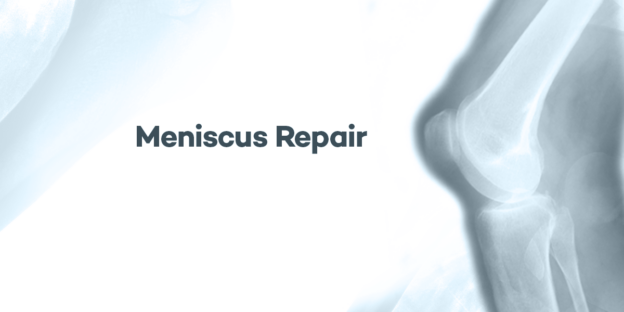
Meniscus Repair
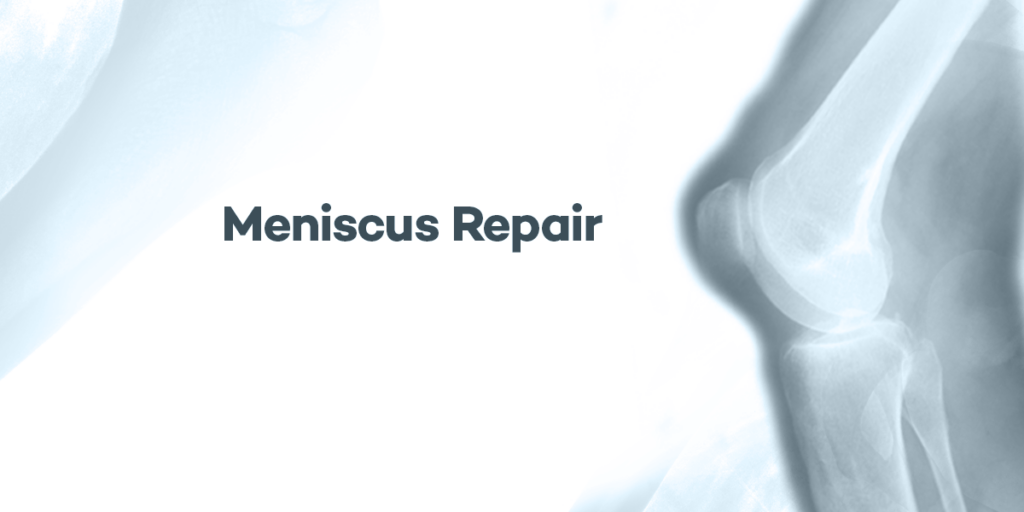
Athletes are at risk for a number of knee injuries. A common knee injury experienced by many players—especially those participating in contact sports—is meniscus tears. Meniscus are the pieces of cartilage situated between the thighbone and shinbone that cushion the joints, provide stability, and act as shock absorbers.
There are multiple ways the meniscus can tear, the most frequent being bucket handle, flap, and radial. A common reason for a meniscus tear is a sudden twist of the knee, but it can also happen as cartilage weakens with age.
Common symptoms of a meniscus tear include:
– Pain
– Swelling
– Stiffness
– Inability to move the knee
– Locking of the knee
While many with a meniscus tear can still walk on their knee—or even keep playing sports—over a period of a few days, the knee will get more stiff and swollen. And if not treated properly, pieces of the cartilage can even get loose and move into the joint, causing further discomfort and problems. Many times, meniscus repair requires a surgical procedure known as knee arthroscopy. Arthroscopy is a common procedure done through a small incision in which a small camera is inserted into the knee joint. This allows the orthopedic surgeon the information needed to repair or removed the damaged cartilage, which is done with other small surgical tools being inserted through other small incisions around the knee.
For more information, call 251-410-3600.
AOC, comebacks start here!
ACL Injuries. What ESPN doesn’t tell you.
Knee injuries in sports are a common occurrence. One dreaded injury is a tear of the anterior cruciate ligament (ACL). Most ACL tears occur after a non-contact injury such as a wide receiver or soccer player making a sudden change in direction. The leg planted on the ground during the cutting move may experience enough force to tear the ACL. Seventy percent of acute hemarthosis (blood in the knee) after such injury is an ACL tear.
Non-surgical treatment for complete ACL tears in young, active patients has generally been met with less than satisfactory results. Loss of the ACL can result in instability or the feeling that the knee is loose. The knee wants to “give way” when a change in direction occurs. This instability can result in further damage to the knee and the C-shaped cartilages called the meniscus. Rebuilding the ACL and restoring stability to the knee can protect the meniscus from further damage.
There are over 400,000 ACL reconstructions a year in the United States. Much research has occurred and is on-going into different techniques and choices of tissue to use to rebuild the damaged ACL. Two of the more common tissue (graft) choices are hamstrings and patellar tendon. Both are usually taken (harvested) from the same knee and used in the reconstruction process. Other options include quadriceps tendon and tissue that has been donated to tissue banks (allografts). There are pros and cons to each graft choice, but analysis of multiple recent studies show little difference in long term outcomes between hamstring and patellar tendon autograft (tissue taken from the same patient.)
In part two of “ACL Injuries in Sports” we shall discuss current data on the return to sports after ACL reconstruction.
LIKE AOC on Facebook
Not Your Daddy’s Meniscus
Tears of the meniscus in the knee are one of the most common causes of knee pain in active individuals. In fact, six out of ten people over the age of 65 years old have a meniscal tear. It is a mistake however to assume that all meniscus tears are the same. Continue reading
Anterior Cruciate Ligament (ACL) and Meniscal Tears
Two of the most common causes of swelling of the knee after an injury playing sports are tears of the ACL and the important C-shaped cartilages of the knee called the meniscus. While both can cause symptoms of pain, swelling, and ‘giving way’, the treatment of these common injuries can be different and involve different lengths of recovery times. Continue reading


